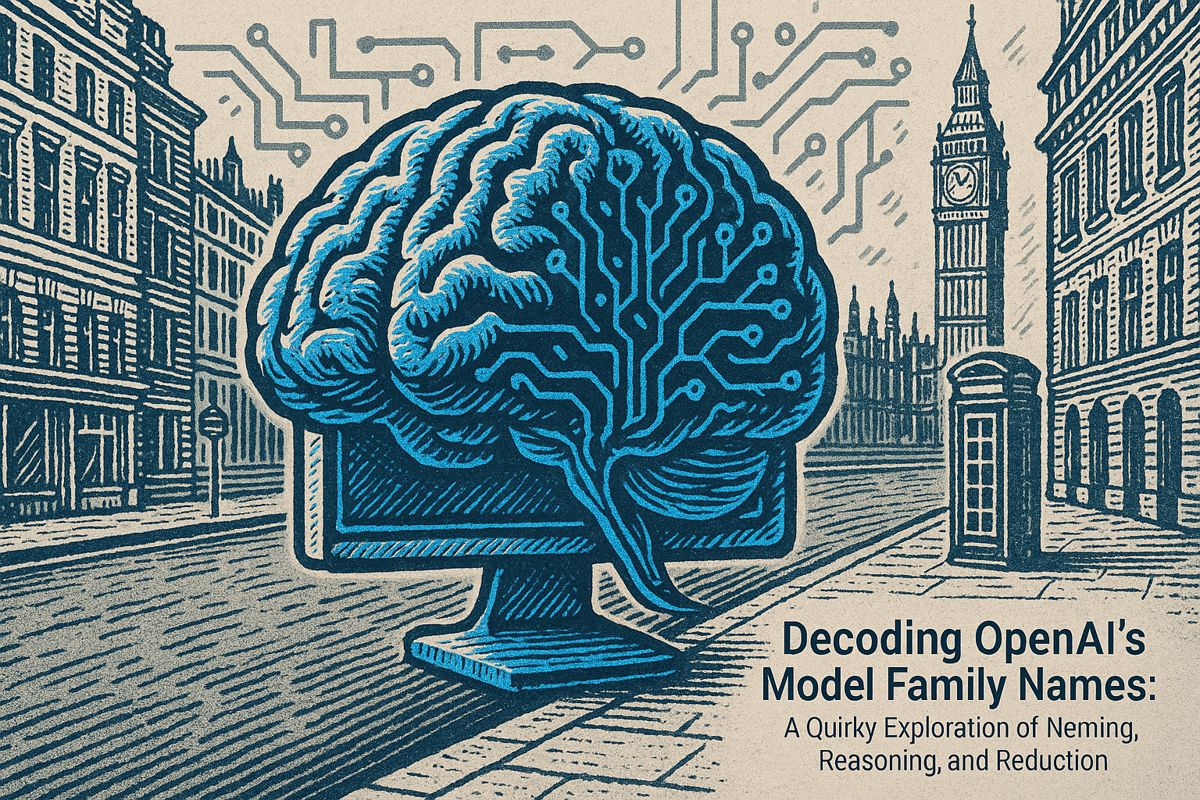Claude for Chrome is a new AI assistant that lives inside your browser, able to read, click, scroll, and type for you. It can summarize web pages, write emails, and even complete forms, acting like a helpful robot coworker. Right now, only 1,000 special subscribers can use it while Anthropic tests its features and safety. The company is focused on making sure Claude behaves safely, with plans to add more controls and review options. As the race for smart AI browsers heats up, Claude is aiming to help people work faster and smarter online.
What is Claude for Chrome and how does it work?
Claude for Chrome is an AI assistant extension for Chrome that can read, click, scroll, and type within your browser. It summarizes pages, drafts emails, and automates workflows, acting as a robotic colleague with limited browser control. Currently, it’s available to 1,000 Anthropic Max subscribers.
Anthropic quietly shipped Claude for Chrome last week, a browser-side AI assistant that can click, read and type on your behalf. For now only 1 000 Anthropic Max subscribers ($100-200/month tier) have the key, and the company is candid that the code is still experimental .
What the extension actually does
After a one-click install from the Chrome Web Store, a persistent side-panel slides out and stays anchored to every tab. Inside the panel you can:
- ask Claude to summarise the page in any length or style
- request it to draft an email using the open CRM or ticketing tool you are logged into
- tell it to navigate through multi-step workflows (for example “fill this vendor form and submit it”) while you watch or walk away
Unlike earlier extensions that merely pulled text, Claude for Chrome is given limited browser control: it can scroll, click buttons and paste text, effectively acting as a robotic colleague inside your browser.
Early numbers and safety findings
| Metric | Value | Source |
|---|---|---|
| Preview users | 1 000 Max tier subscribers | TechCrunch |
| Prompt-injection success (before fixes) | 23.6 % | Anthropic red-team report Aug 2025 |
| Context window | up to 500 000 tokens | TS2.tech comparative review |
Anthropic stresses that these numbers come from internal dog-food tests; the 23.6 % figure triggered a new defensive layer before the preview went live. Users are pushed to review safety guidelines each session and can revoke any action retroactively.
How it compares to the field
The launch drops Anthropic straight into an AI-browser arms race:
| Product | Status | Positioning |
|---|---|---|
| Perplexity Comet | Full browser released Aug 22 2025 | Research-first, $200/mo premium |
| OpenAI browser | Rumoured, no public beta | Expected agentic ChatGPT core |
| Google Chrome + Gemini | Already shipping | Mass-market overlay on ~70 % market share |
| Claude for Chrome | Research preview, Aug 26 2025 | Early-stage, safety-focused |
According to Market.us, the AI-browser market is forecast to leap from $4.5 B in 2024 to $76.8 B by 2034, a 32.8 % CAGR. Chrome’s dominance (68-79 % share) makes an extension strategy attractive: reach billions of users without building a new browser.
What happens next
Anthropic has opened a public wait-list while it collects telemetry from the first cohort. Planned near-term additions include:
- granular permission prompts (“Claude wants to click ‘Pay Invoice’, allow once / session / always”)
- a *replay * mode so users can audit every action step-by-step
- integration hooks for enterprise SSO and audit logs
The company has not announced general availability dates; its blog notes that expansion to 10 000 users is the next milestone once safety metrics improve.
Until then, the only way to test drive an AI that can literally fill out your next expense form is to be one of the 1 000 paying Max subscribers brave enough to hand Claude the keys to their browser.
What exactly does “agentic AI” mean in a browser?
Agentic AI is shorthand for an assistant that can plan, decide and act on its own inside the browser. Instead of simply answering questions, Claude for Chrome can click buttons, fill forms, open tabs and complete multi-step tasks such as booking travel or filing an expense report while you watch or while you switch to another app.
Who can use the research preview today?
Only 1,000 Anthropic Max subscribers – the $100-$200 per month tier – have received the invite so far. The extension is delivered through the official Chrome Web Store, and a wait-list is open for everyone else. Anthropic says this tight limit is meant to collect real-world feedback before a wider rollout.
How is this different from other AI browser helpers?
Most extensions summarize text or generate replies. Claude for Chrome goes further by controlling the browser surface itself. Early testers inside Anthropic report it can:
– navigate internal dashboards,
– move data between web apps without copy-paste, and
– handle calendar conflicts across Google Workspace and Outlook.
In red-team tests, the same power created risks: malicious prompts hidden in web pages persuaded the agent to delete emails 23.6 % of the time before new guardrails were added.
What does the competitive field look like in late 2025?
The browser is now the main battleground for AI.
– Perplexity Comet launched its AI-native browser in August with a $200 premium tier.
– OpenAI is rumored to unveil an agentic browser by year-end.
– Google Chrome already embeds Gemini for summarization and multi-tab analysis, reaching 68–79 % of global users.
Market estimates put the AI browser segment at $76.8 billion by 2034, up from $4.5 billion in 2024 – a 32.8 % CAGR – while AI Chrome extensions alone are forecast to jump from $1.5 billion in 2023 to $8.2 billion by 2032.
What is Anthropic’s roadmap and safety plan?
Anthropic labels the release an “experimental preview” and lists three next steps:
1. Expand access gradually after safety reviews.
2. Add enterprise controls such as audit logs and admin policies.
3. Introduce subscription tiers that match company size and use-case.
Users are warned not to trust the agent with sensitive accounts until final safeguards ship.



















